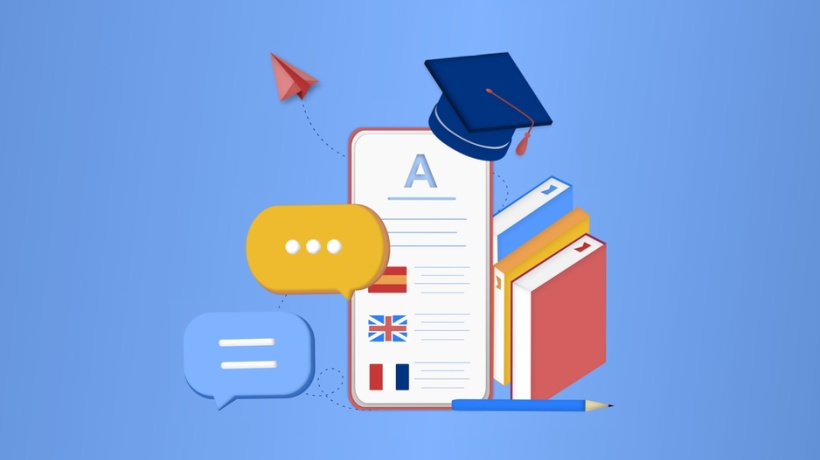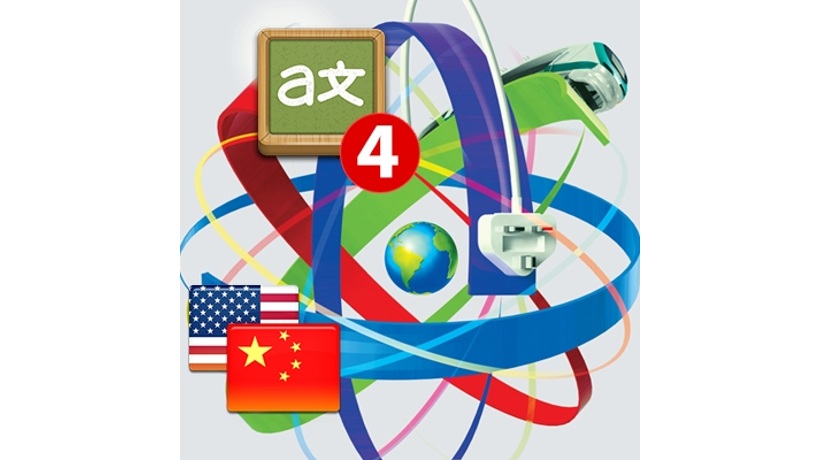What To Consider When Translating eLearning Content
I would be very interested to hear your thoughts about eLearning translation and localization, so please share your experience or opinions in the comments section at the end of this article...
eLearning translations—i.e. translating your digital training content for a global workforce—is not just about translating text word for word. It’s also about localization, making sure all your translated eLearning content is relevant and engaging for employees in different regions.
Localization includes language translation but also considers customs, graphics, colors, fonts, number formats, and other elements to ensure that the material is not simply understandable, but usable, culturally appropriate, and meaningful.
So is localization necessary for your next eLearning translation project? Let’s find out…
Here’s An Example Of Where Localization Is Needed
A multinational company uses an interactive quiz to train staff in customer service procedures. When a trainee answers a question correctly they get a ‘thumbs up’ to let them know. However, if the same quiz is to be used in some parts of Africa, The Middle East, Latin America and Southern Europe without localization, that ‘thumbs up’ could cause offense to trainees in those countries. Instead, a different graphic will be needed such as a ‘tick’ or ‘cross’ to indicate correct and incorrect answers.
Having this cultural knowledge is therefore really important if you don’t want to upset the people your eLearning content is aimed at.
Localization also applies to language. There may be various translations available for different words or phrases that are region or sector specific. For example, in retail, the customer service desk may be referred to as a ‘help desk’, whereas in IT companies it is often called the ‘service desk’. The same can be true in different languages and so to avoid confusion, it is important to know what is in common use and widely understood by your target audience.
Don’t forget audio recordings either! If you plan to translate content into Spanish for Spain, Argentina, and Mexico, you may require 3 separate translations, including voiceovers. There are regional variations in the way Spanish is written and spoken, as well as distinct differences in accents.
Engaging an international workforce requires translation of eLearning content for their specific needs. A one-size-fits-all approach may make employees feel undervalued and can result in your content being less effective overall.
Getting Started With Localization And eLearning Translation
If you have already created eLearning content, and now it requires translation for various markets, here’s what to do:
- Complete a cultural review
An English speaking colleague in your target market can review the source content and feedback on what works, and doesn’t work, in their region. This review should also look at the learning cultures in your target markets. Some regions are used to a rigid learning environment, so an interactive, scenario-based adventure might not be a good fit. - Identify changes to be made
Reduce the cost of your translation by making changes before handing the project over to a translation partner. For example, replace culturally specific images with more appropriate imagery and rewrite text if that includes inappropriate cultural references. - Agree on a glossary of terminology
Liaise with your in-market reviewers to agree on a list of company and industry-specific terminology. Make sure you’re using the most relevant terms consistently across your eLearning content. This reduces the risk of misinterpretations and also saves time and money, as the translated content will not need as many edits later on.
If you’re starting a new eLearning project from scratch and are planning to have it translated at some point, plan for localization now!
Understanding the localization requirements before you start the project will affect your visual, language, and audio design choices. Using simple language and short sentences can really help make the translation process more straightforward and less time-consuming, thus saving money and unnecessary confusion. Avoiding slang and idiomatic expressions that can be difficult to translate (or may lose their meaning completely when translated) is also helpful.
At this stage, it’s also worth thinking about how you intend to visualize your message. Some symbols and pictures are universally understood and can be an excellent way of helping you to get your message across, but beware again of any imagery that can be misinterpreted in a particular culture.
Getting the right people on board from the start is paramount. Assess who you have in your own company and encourage input from content authors, in-country colleagues, trainers, and assessors—essentially anyone who has anything to do with your training courses. By communicating with them from day one, you’ll be able to keep on top of any issues with content and language, saving both time and money in the long run.









